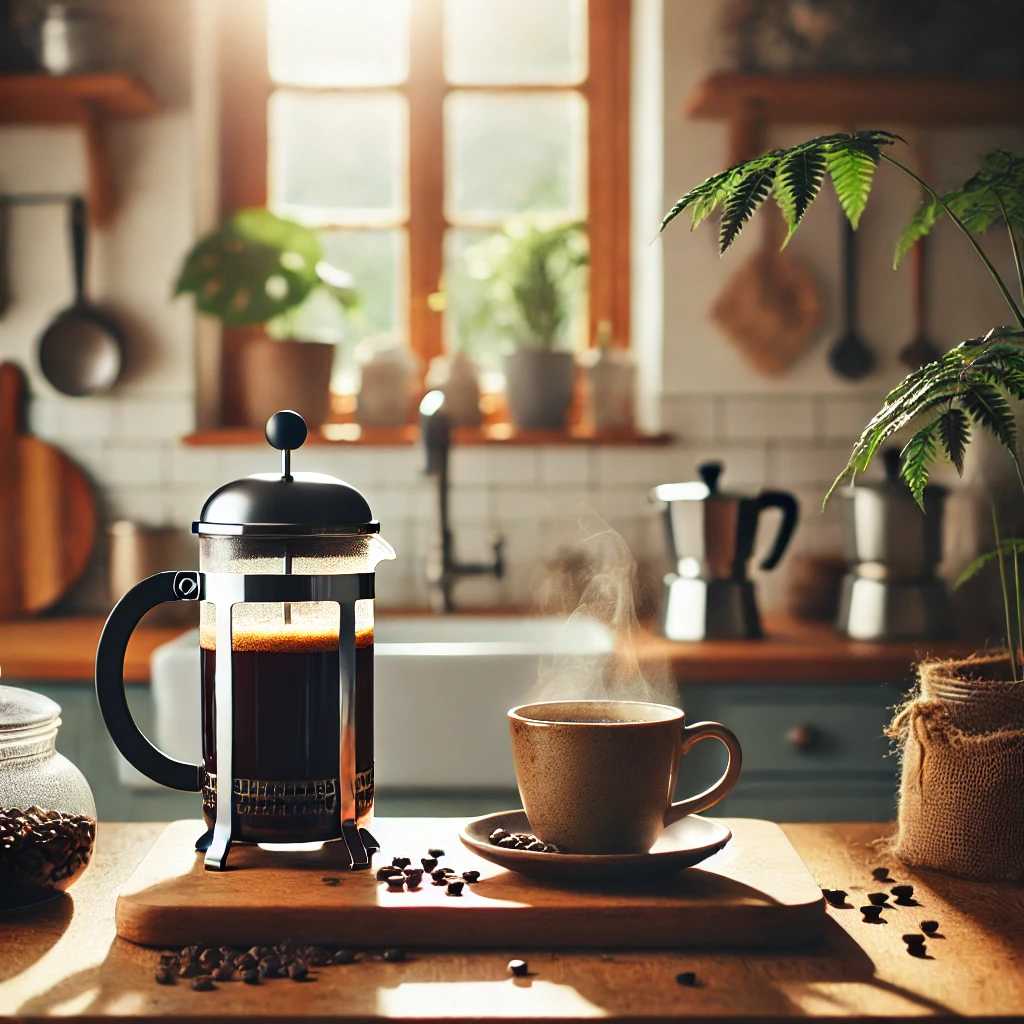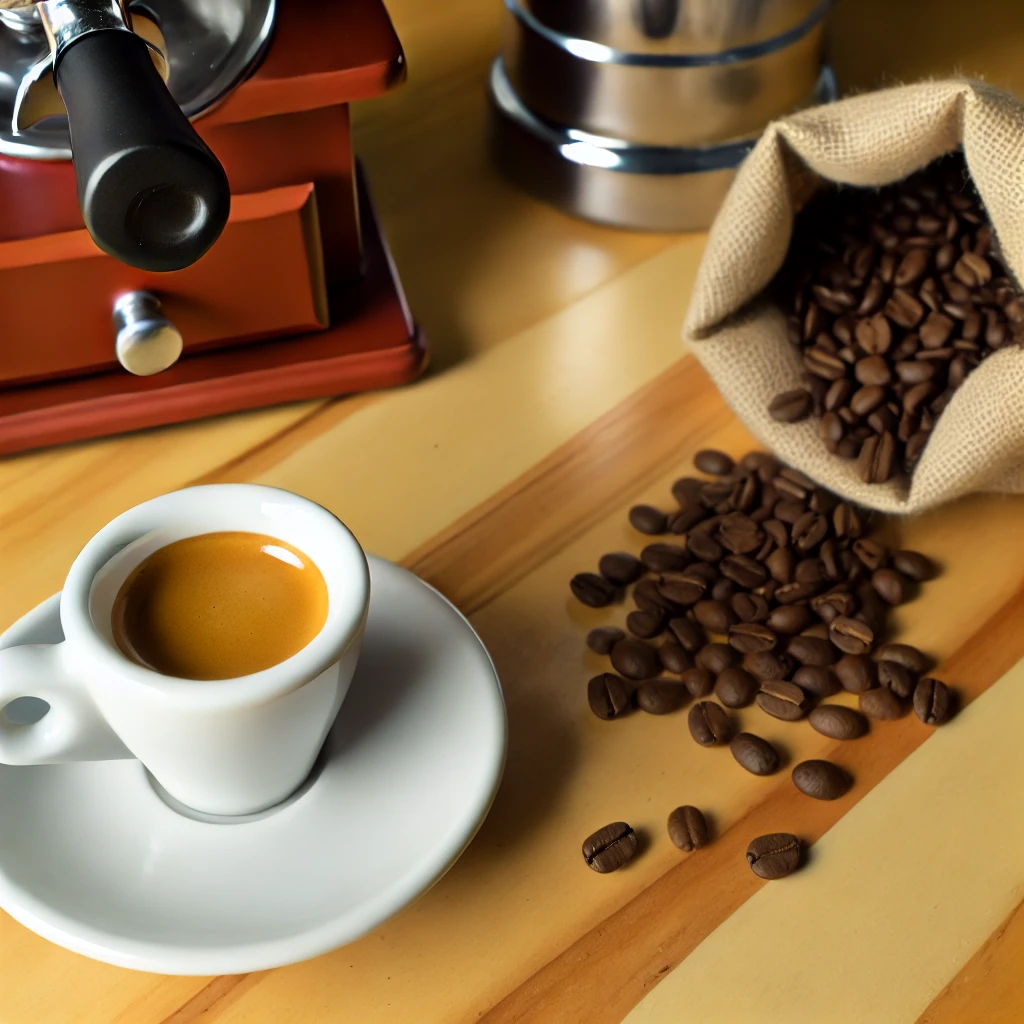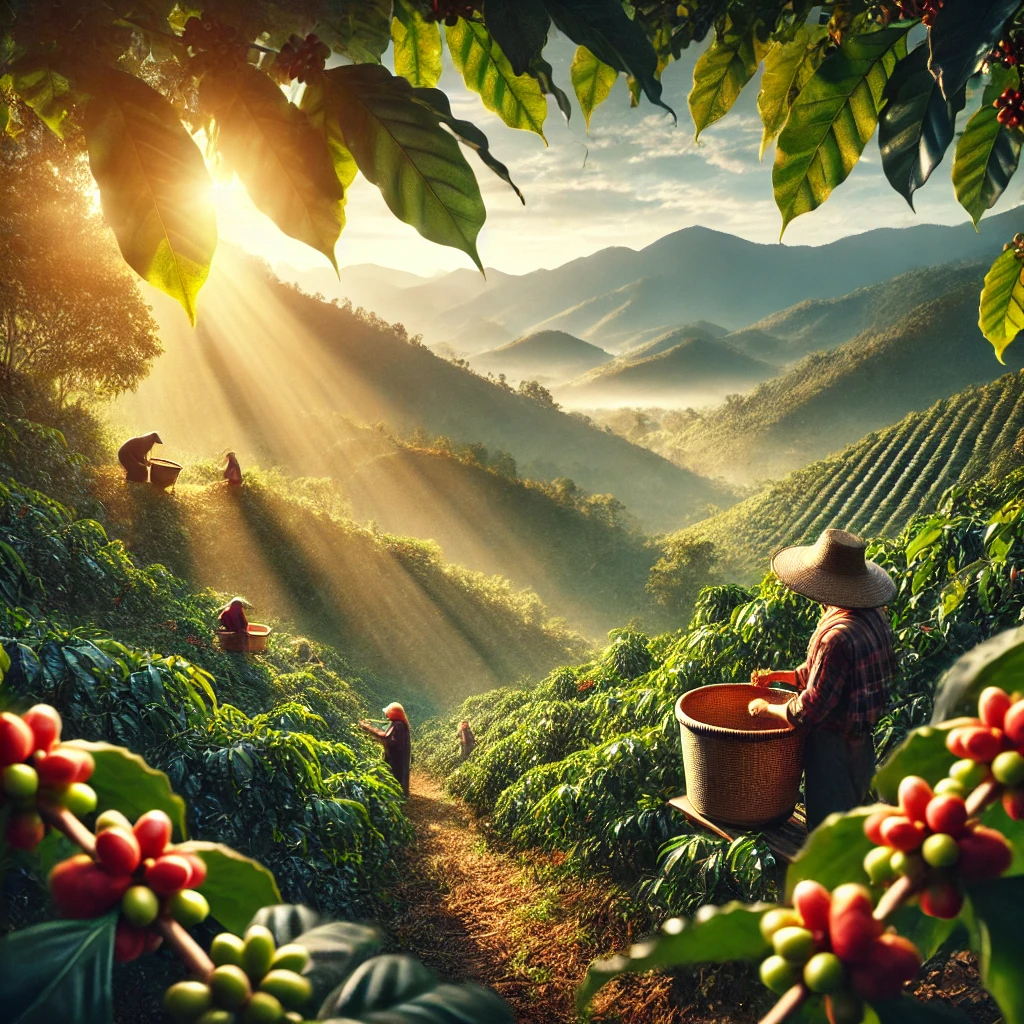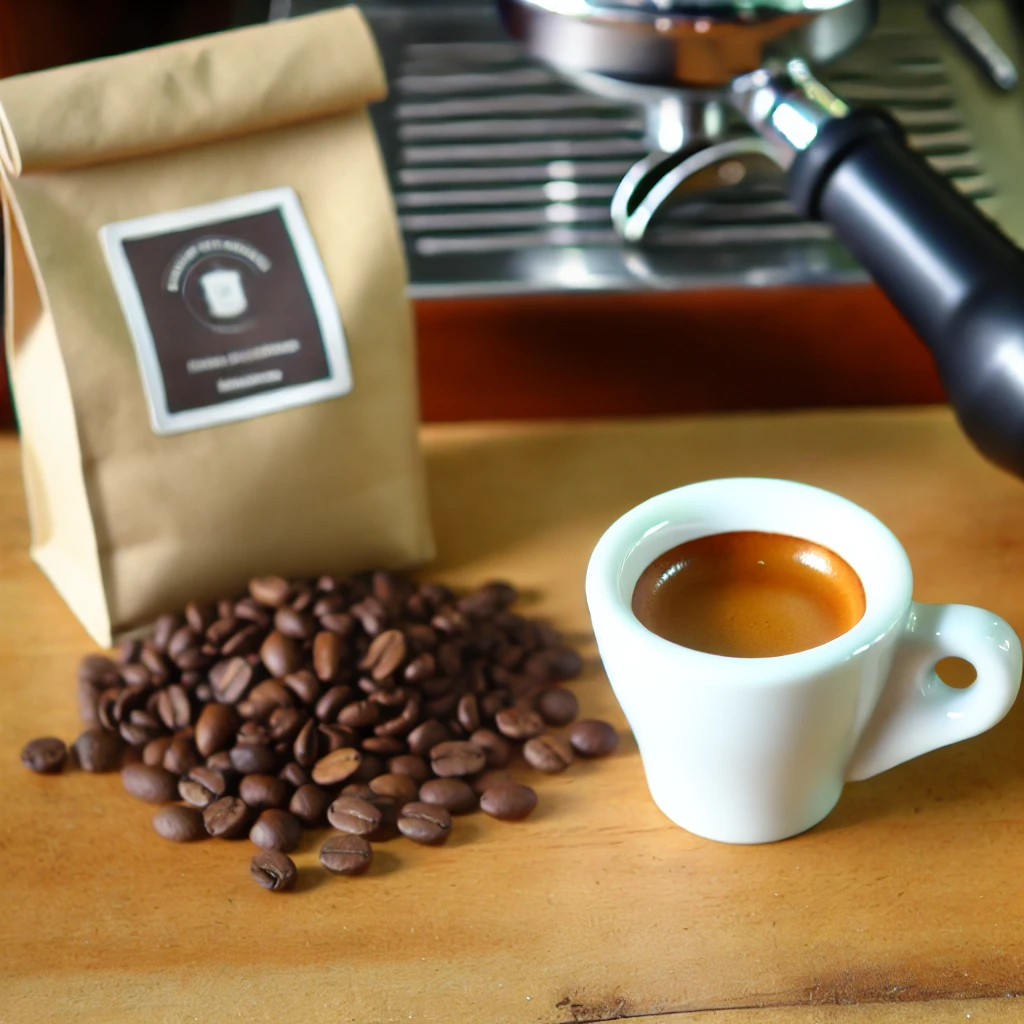Best Coffee Beans: A Comprehensive Guide to Choosing the Perfect Coffee Beans for Your Brew

Introduction: The World of Coffee Beans
Coffee has been a staple in households and coffee shops worldwide for centuries. Whether you’re a casual drinker or a coffee aficionado, choosing the right Best coffee beans is key to crafting the perfect cup. With so many options available, understanding the different types, roasting processes, and flavor profiles can seem overwhelming. In this guide, we’ll take an in-depth look at the best coffee beans available and how to select the ideal ones for your taste and brewing method.
1. Types of Best Coffee Beans
There are four primary types of coffee beans: Arabica, Robusta, Liberica, and Excelsa. Each type has distinct characteristics that affect the flavor, aroma, and strength of your coffee.
Arabica Beans
Arabica beans are the most popular coffee beans globally, accounting for around 60-70% of the world’s coffee production. They are known for their smooth, mild flavor and higher acidity, making them a favorite among specialty coffee enthusiasts.
- Origin: Mainly grown in Central and South America, East Africa.
- Flavor Profile: Sweet, fruity, and floral notes with a lighter body.
- Best Brewing Method: Ideal for pour-over, drip coffee, and espresso.
Robusta Beans
Robusta beans are hardier and easier to grow, making them less expensive than Arabica. They contain more caffeine and have a stronger, more bitter flavor.
- Origin: Commonly grown in Africa and Southeast Asia.
- Flavor Profile: Earthy, nutty, and bitter with a heavy body.
- Best Brewing Method: Suitable for espresso and French press.
Liberica Beans
Liberica beans are less common but have a unique flavor that sets them apart from Arabica and Robusta. They are known for their fruity and woody flavor with a strong aroma.
- Origin: Mostly grown in the Philippines and Malaysia.
- Flavor Profile: Smoky, fruity, with a woody aroma.
- Best Brewing Method: Best for drip coffee and French press.
Excelsa Beans
Excelsa beans, a variety of Liberica, are grown primarily in Southeast Asia. They are prized for their tart and fruity flavor and are often used in blends to add complexity to the coffee.
- Origin: Southeast Asia.
- Flavor Profile: Tart, fruity, with a complex aroma.
- Best Brewing Method: French press or cold brew.

2. Understanding Coffee Roast Levels
The roast level of Best coffee beans plays a crucial role in determining their flavor profile. Roasts range from light to dark, and each level offers different tastes and aromas.
Light Roast
Light roast Best coffee beans retain most of their original flavors because they are roasted for a shorter period. They are often light brown in color and have no oil on the surface.
- Flavor: Bright, acidic, with fruity and floral notes.
- Best For: Pour-over and cold brew.
Medium Roast
Medium roast beans have a balanced flavor with slightly more body than light roasts. They offer a combination of acidity and sweetness.
- Flavor: Nutty, caramel, and chocolatey notes.
- Best For: Drip coffee and espresso.
Dark Roast
Dark roast beans are roasted for a longer time, which brings out a smoky, bold flavor. They often have an oily surface and a deep brown color.
- Flavor: Bold, smoky, with bitter notes.
- Best For: Espresso and French press.
Read More: The Ultimate Guide to the Best Coffee Beans: Everything You Need to Know
3. How to Choose the Best Coffee Beans
Selecting the best coffee beans depends on several factors, including your taste preferences, brewing method, and freshness.
a. Freshness
Freshness is key to a great cup of coffee. Best Coffee beans start to lose their flavor shortly after roasting, so always check the roast date before purchasing. It’s best to buy whole beans and grind them just before brewing to preserve their freshness.
b. Origin
The origin of Best coffee beans significantly influences their flavour profile. Different regions produce beans with unique tastes, influenced by climate, soil, and altitude.
- Central and South America: Known for smooth, well-balanced flavors with fruity and nutty notes.
- Africa: Famous for bright, fruity, and floral flavors with high acidity.
- Asia: Offers bold, earthy, and spicy flavors with a full body.
c. Brewing Method
Different brewing methods require different types of beans for optimal results. For example, espresso demands a strong, full-bodied bean, while a pour-over benefits from lighter roasts with more complexity.

4. Best Coffee Beans for Different Brewing Methods
a. Espresso
Espresso requires finely ground beans with a rich flavor profile. Some of the best beans for espresso are:
- Lavazza Super Crema – Known for its mild and creamy flavor with notes of honey and almonds.
- Illy Classico – A blend of 100% Arabica beans with a well-balanced flavor and subtle chocolatey notes.
- Koffee Kult Dark Roast – A bold and strong flavor with hints of cinnamon and cocoa, ideal for espresso lovers.
b. French Press
The French press requires coarsely ground beans to avoid over-extraction. Here are some of the best beans for this method:
- Stone Street Colombian Supremo – A medium roast with smooth, chocolatey notes and a full body.
- Death Wish Coffee – One of the strongest coffees in the world, with bold flavors and a high caffeine content.
- Peet’s Coffee Major Dickason’s Blend – A dark roast with rich, complex flavors, perfect for French press.
c. Pour-Over
Pour-over coffee highlights the delicate flavors of the beans, making it ideal for light to medium roasts. Top choices include:
- Stumptown Coffee Roasters Hair Bender – A balanced blend with bright acidity and notes of citrus and chocolate.
- Blue Bottle Coffee Bella Donovan – A fruity, sweet blend with a hint of spice.
- Counter Culture Coffee Big Trouble – A smooth medium roast with flavors of caramel and cocoa.
d. Cold Brew
Cold brew coffee requires coarsely ground beans and benefits from beans with chocolatey and nutty undertones. Some of the best options are:
- Bizzy Organic Cold Brew Coffee – A smooth and sweet blend designed specifically for cold brew.
- Café du Monde Coffee and Chicory – A unique blend with bold flavors and a slightly earthy taste, perfect for cold brew enthusiasts.
- Tiny Footprint Coffee – An organic, carbon-negative coffee with rich, smooth flavors ideal for cold brew.
5. Specialty Coffee Beans
For those seeking something extraordinary, specialty coffee beans are sourced from specific regions and roasted with meticulous care to enhance their unique flavors.
a. Jamaican Blue Mountain
Jamaican Blue Mountain coffee is one of the most sought-after and expensive Best coffee beans in the world. It is grown in the Blue Mountains of Jamaica and has a smooth, mild flavor with a hint of sweetness.
- Flavor Profile: Mild, sweet, with floral and nutty notes.
- Best Brewing Method: Pour-over or drip coffee.
b. Hawaiian Kona Coffee
Kona coffee is grown on the slopes of Mauna Loa in Hawaii and is renowned for its smooth, rich flavor.
- Flavor Profile: Sweet, with fruity and nutty undertones.
- Best Brewing Method: French press or drip coffee.
c. Ethiopian Yirgacheffe
Ethiopian Yirgacheffe is one of Africa’s finest coffees, known for its bright acidity and fruity, floral flavors.
- Flavor Profile: Fruity, floral, with notes of citrus and berries.
- Best Brewing Method: Pour-over or cold brew.

6. Storing Your Coffee Beans
Proper storage of coffee beans is essential to maintain their freshness and flavor. Here are some tips to store your beans:
- Use an Airtight Container: Store your beans in an airtight container to prevent exposure to oxygen, which can make them stale.
- Keep Them in a Cool, Dark Place: Avoid storing coffee beans in direct sunlight or near heat sources, as this can affect their flavor.
- Don’t Freeze or Refrigerate: While it may seem like a good idea, freezing or refrigerating coffee beans can introduce moisture and alter the taste.
7. Fair Trade and Organic Coffee Beans
When purchasing coffee, it’s important to consider the ethical and environmental impact of your choice. Fair Trade and organic certifications ensure that the coffee is grown sustainably and that farmers are paid fairly for their work.
a. Fair Trade Coffee
Fair Trade coffee guarantees that farmers receive a fair price for their beans, which helps improve their living conditions and supports sustainable farming practices.
b. Organic Coffee
Organic coffee is grown without the use of synthetic pesticides or fertilizers, making it better for the environment and healthier for you.
Some popular Fair Trade and organic coffee brands include:
- Equal Exchange Organic Coffee
- Kickapoo Coffee Roasters
- Allegro Coffee Organic Café La Dueña

Conclusion: Finding the Perfect Coffee Beans for You
Choosing the best coffee beans depends on your personal preferences, brewing method, and desire for flavor complexity. Whether you prefer a light, fruity Arabica or a strong, bold Robusta, there’s a perfect coffee bean for every palate. By understanding the different types of beans, roast levels, and brewing techniques, you can elevate your coffee experience and enjoy a cup that truly satisfies.
Coffee is an ever-evolving journey, and as you explore the world of coffee beans, you’ll discover new flavors, regions, and brewing methods that cater to your unique tastes. Take your time experimenting with different beans and enjoy the process of discovering the perfect coffee for your daily brew.

